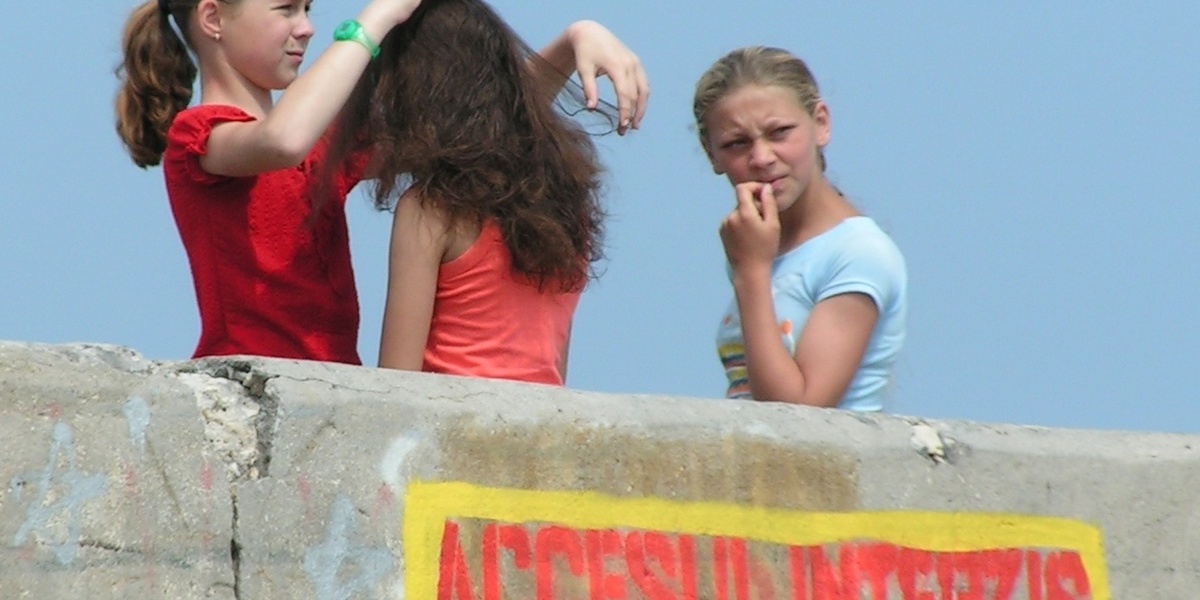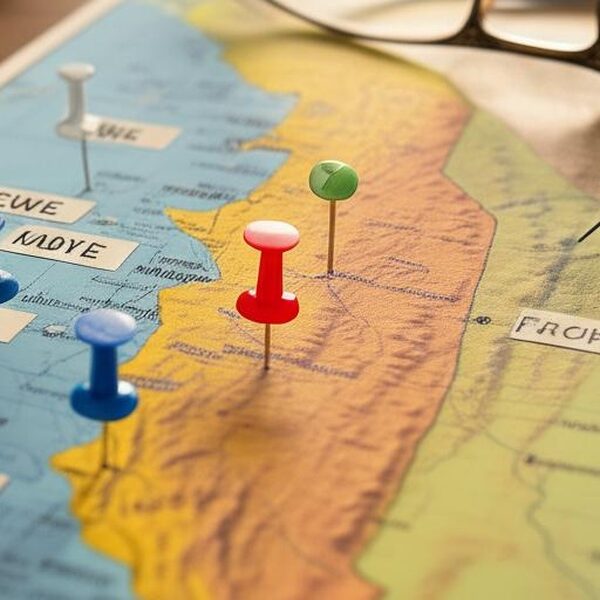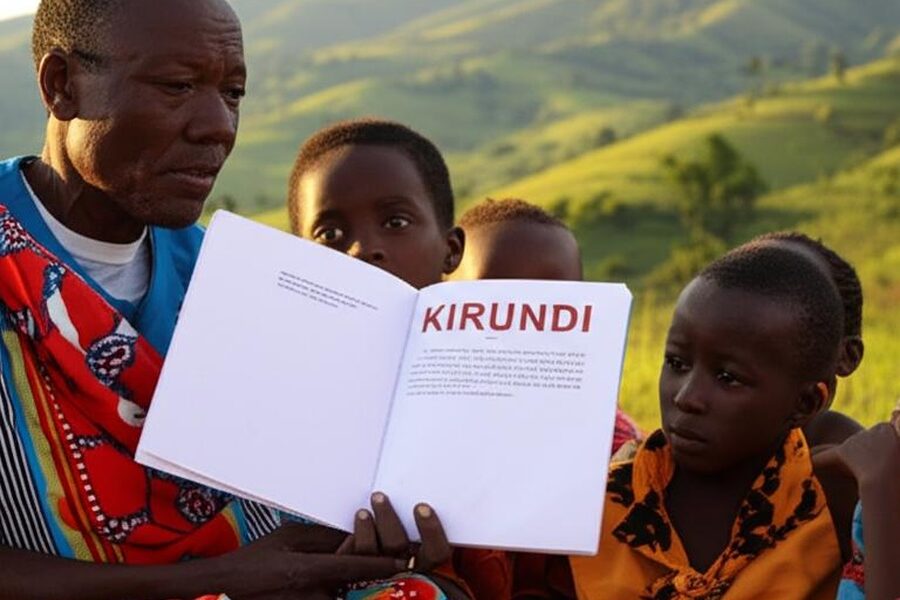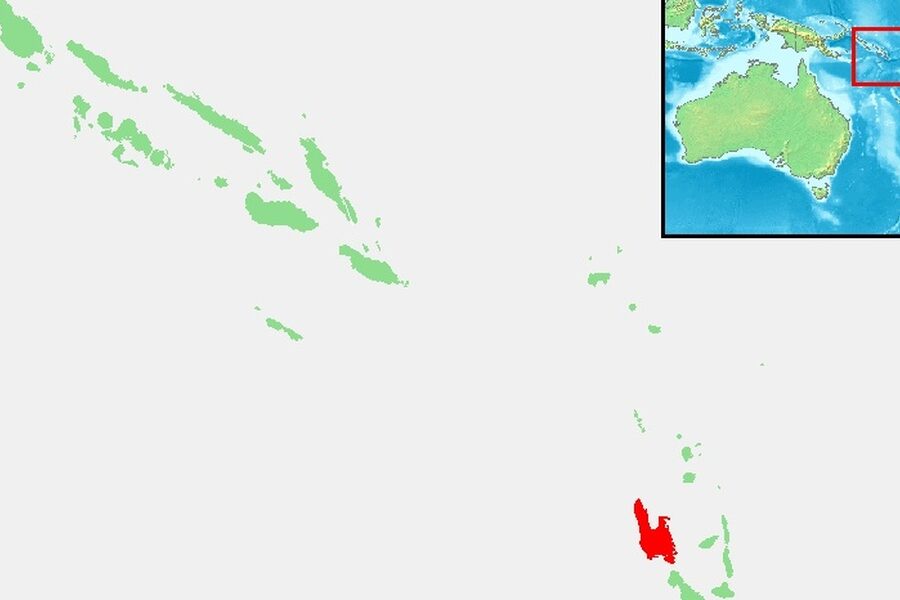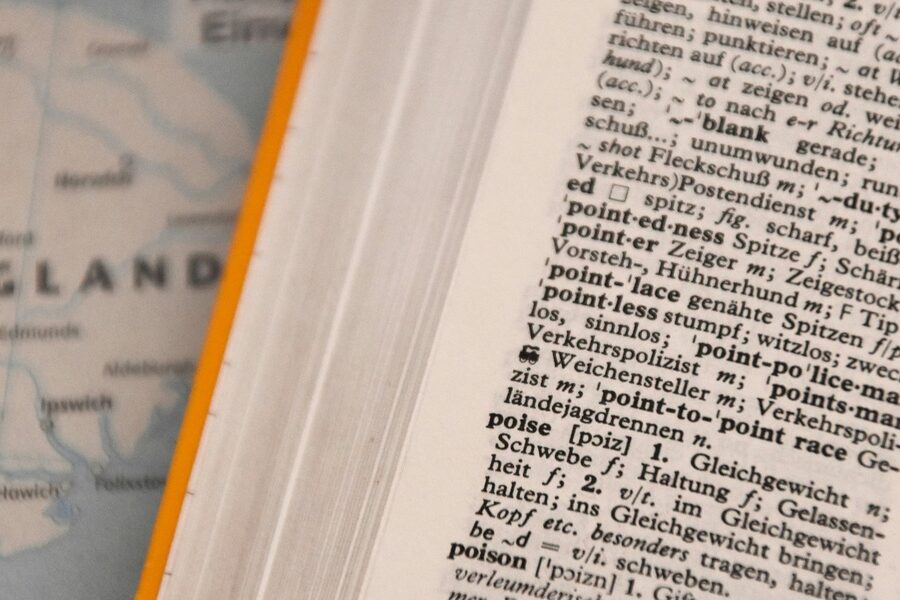Moldova sits at a crossroads of Eastern Europe, where history, migration and regional borders have shaped a patchwork of languages and communities. Small towns and autonomous areas preserve dialects and tongues that tell the story of the country’s diverse past and present.
There are 10 Indigenous Languages in Moldova, ranging from Armenian to Yiddish. For each, you’ll find below Speakers (est.),Main region(s),Legal/status so you can quickly see how many people use them, where they are concentrated and what recognition they have — you’ll find these details below.
Which indigenous languages are most widely spoken in Moldova?
The largest by number are Romanian (often called Moldovan), followed by Ukrainian, Gagauz and Bulgarian in specific communities; other entries like Romani, Armenian and Yiddish persist in smaller, historically rooted groups. The list below gives rough speaker estimates and regional patterns for clarity.
How are these languages protected or officially recognized?
Legal recognition varies: Romanian is the state language, some minorities (notably Gagauz in Gagauzia) have regional autonomy or cultural rights, and other languages receive different levels of protection under national law and international minority-rights treaties — see the Legal/status column below for specifics.
Indigenous Languages in Moldova
| Language | Speakers (est.) | Main region(s) | Legal/status |
|---|---|---|---|
| Romanian | 1,900,000 | Countrywide, rural and urban | Official state language; primary language of education |
| Russian | 400,000 | Chișinău, major cities, Transnistria, urban areas | No nationwide official status; widely used in media and education |
| Ukrainian | 180,000 | North and northeast border regions, some rural areas | Recognized minority language; some Ukrainian-language schools |
| Gagauz | 120,000 | Gagauzia (southern autonomous region) | Official regional language in Gagauzia; taught locally |
| Bulgarian | 65,000 | Taraclia district, southern and central villages | Recognized minority language; some schools and cultural institutions |
| Romani | 10,000 | Scattered communities urban and rural | Recognized as minority language; limited educational provision |
| Yiddish | 500 | Historically Chișinău and towns; now very small pockets | No official status; cultural and historical language |
| Polish | 3,000 | Scattered (historical villages, Chișinău) | Recognized minority; cultural associations, limited schooling |
| German | 1,000 | Historically Bessarabian villages; now scattered | Cultural heritage status; few native speakers remain |
| Armenian | 3,500 | Chișinău and some towns | Recognized minority; church and cultural community support |
Images and Descriptions
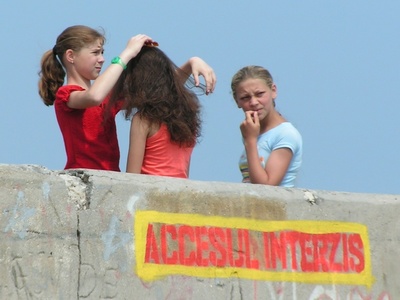
Romanian
Romanian (often locally called “Moldovan”) is the majority language across Moldova. It is the state language, central to administration and schooling. Highly vital and transmitted to children, with regional dialectal variation and strong presence in media and public life.
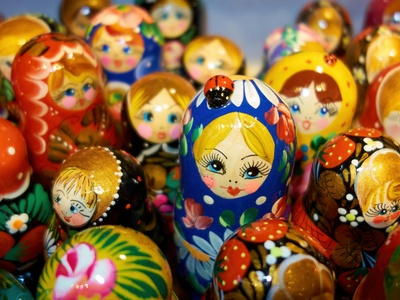
Russian
Russian is a long-established minority tongue, prominent in cities and in Transnistria. Used in business, media and interethnic communication; available in some schools. Vital among older urban populations but declining as a first language among younger generations.
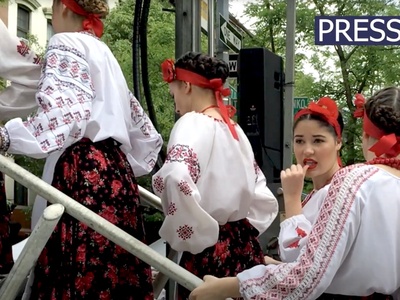
Ukrainian
Ukrainian is spoken natively by ethnic Ukrainians concentrated in northern and northeastern Moldova. It enjoys minority recognition with local schooling and cultural institutions. Vitality is moderate, maintained in rural communities but declining through urban migration and assimilation.
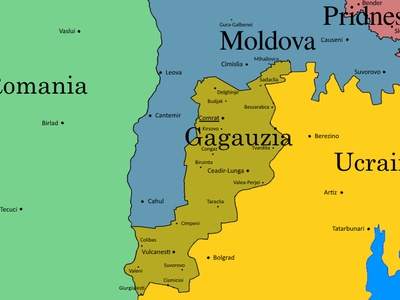
Gagauz
Gagauz is a Turkic language spoken primarily in the Autonomous Territorial Unit of Gagauzia. It has regional official status there and is used in local education and administration. Vital within Gagauzia but limited outside that region.
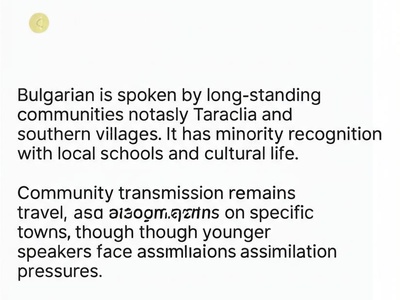
Bulgarian
Bulgarian is spoken by long-standing communities, notably in Taraclia and southern villages. It has minority recognition with local schools and cultural life. Community transmission remains in specific towns, though younger speakers face assimilation pressures.
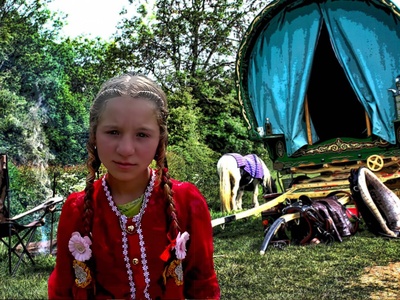
Romani
Romani is the language of several Roma groups in Moldova, spoken natively in scattered communities. It has minority recognition and community-led initiatives, but faces high endangerment risk due to social marginalization and limited institutional support.
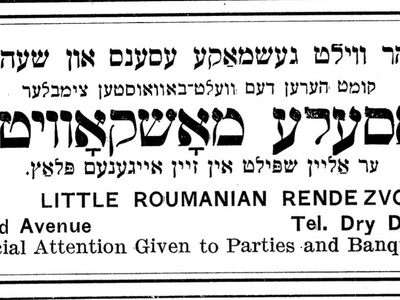
Yiddish
Yiddish was once widely spoken among Moldova’s Jewish communities but today survives only among a few elderly speakers and cultural groups. Its vitality is very low; preservation is mainly through heritage projects and academic interest.

Polish
Polish has a small historical presence with native speakers concentrated in scattered communities. Recognized as a minority language with cultural societies; native speaker numbers are low and transmission to younger generations is limited.

German
German was historically spoken by Bessarabian German colonists; today native speakers are very few. German remains part of regional heritage through associations and historical research, but its use as a community first language is nearly extinct.
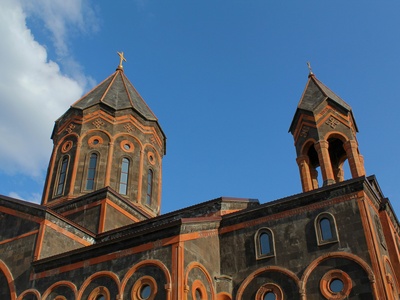
Armenian
Armenian is spoken by a small, long-standing community mainly in Chișinău and larger towns. It has minority recognition with active churches and cultural groups. Vitality is modest, maintained through community institutions though numbers are small.

